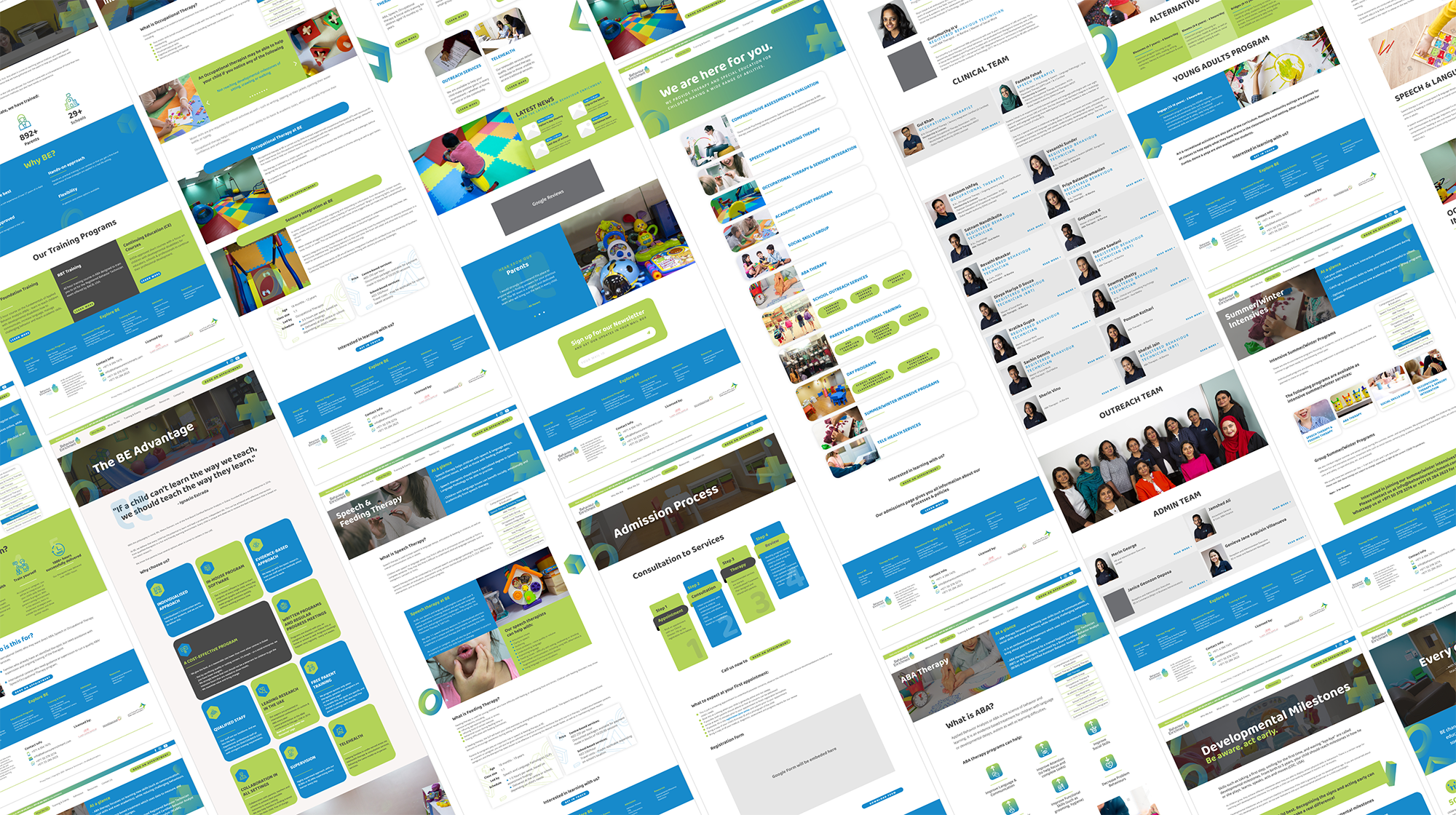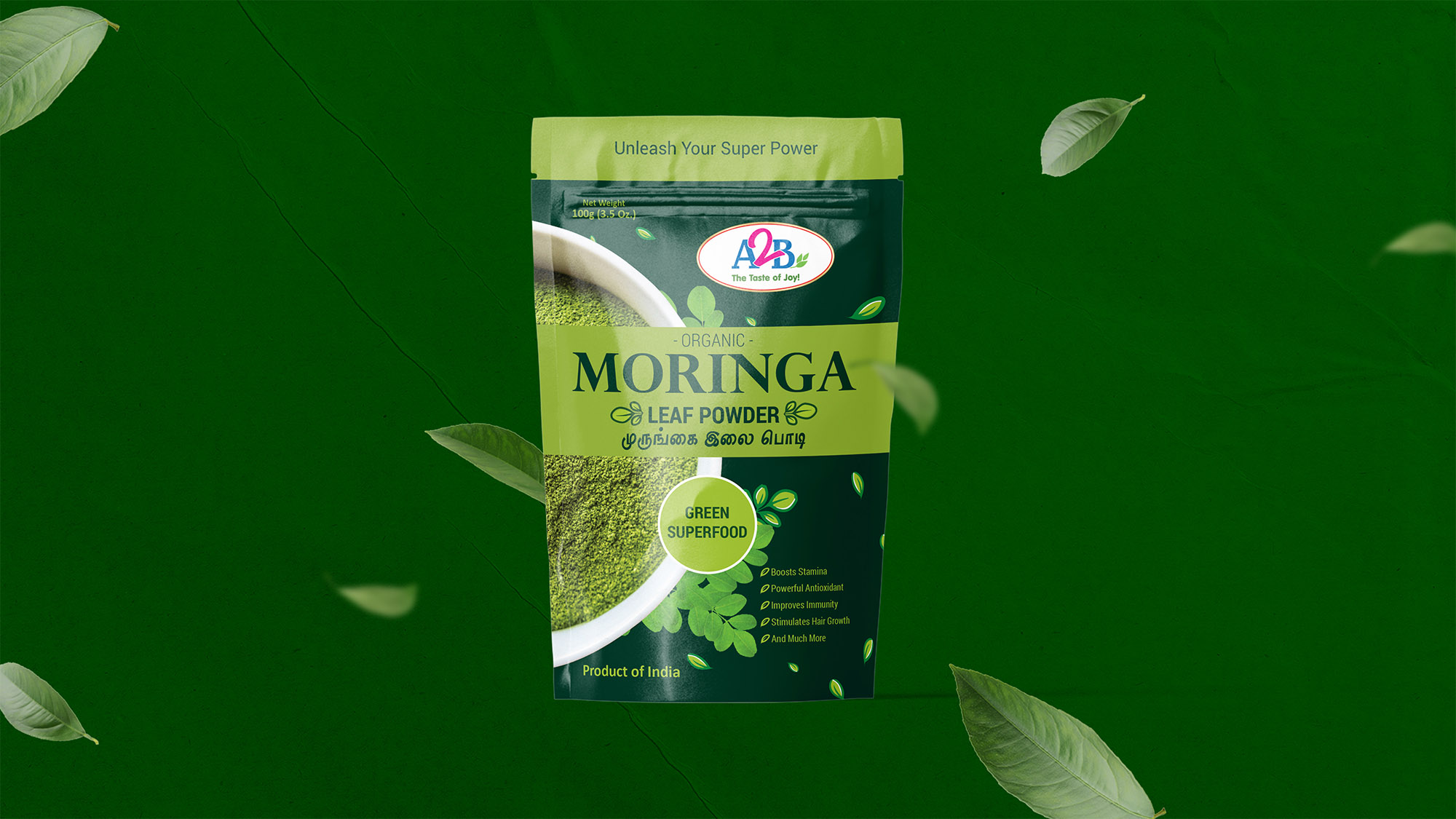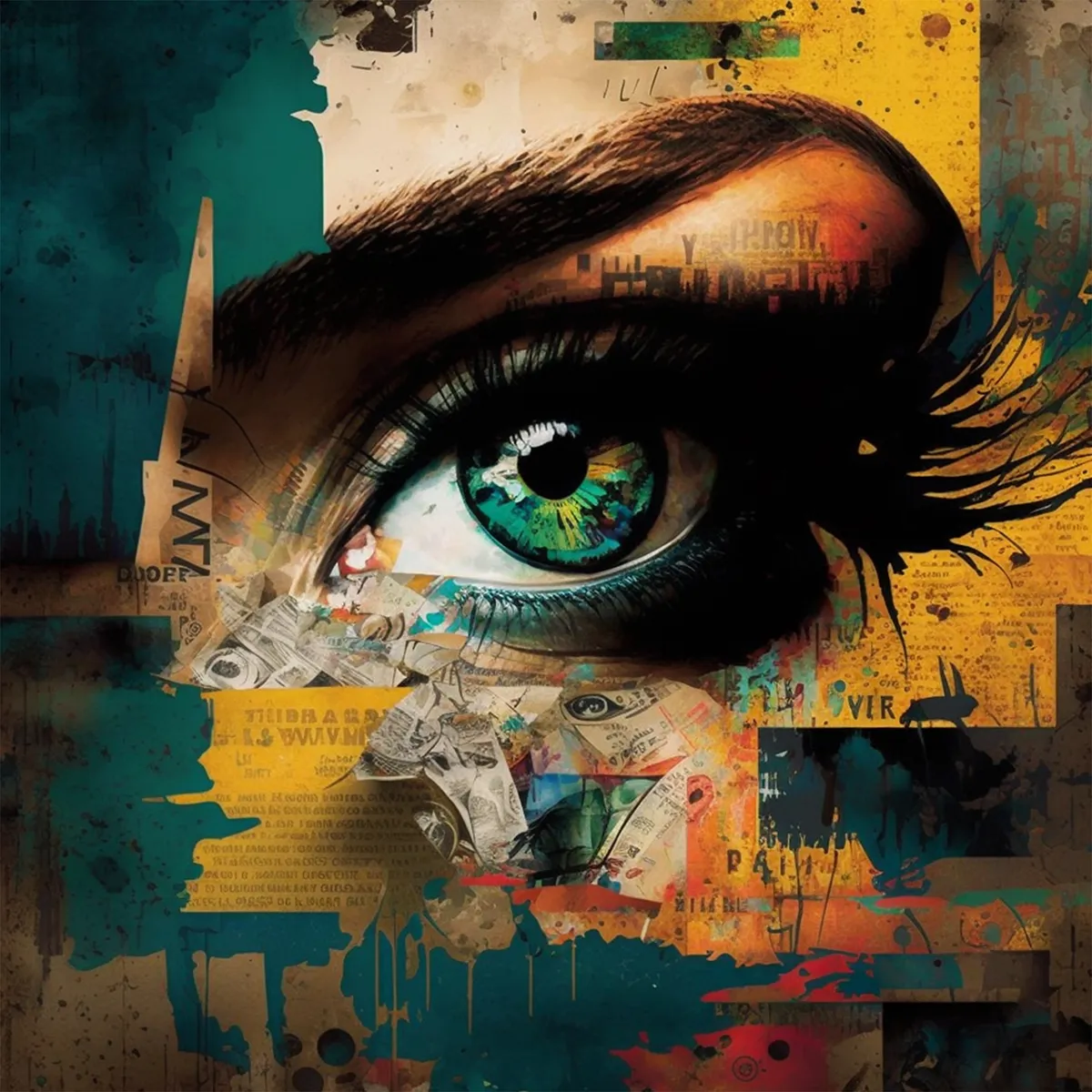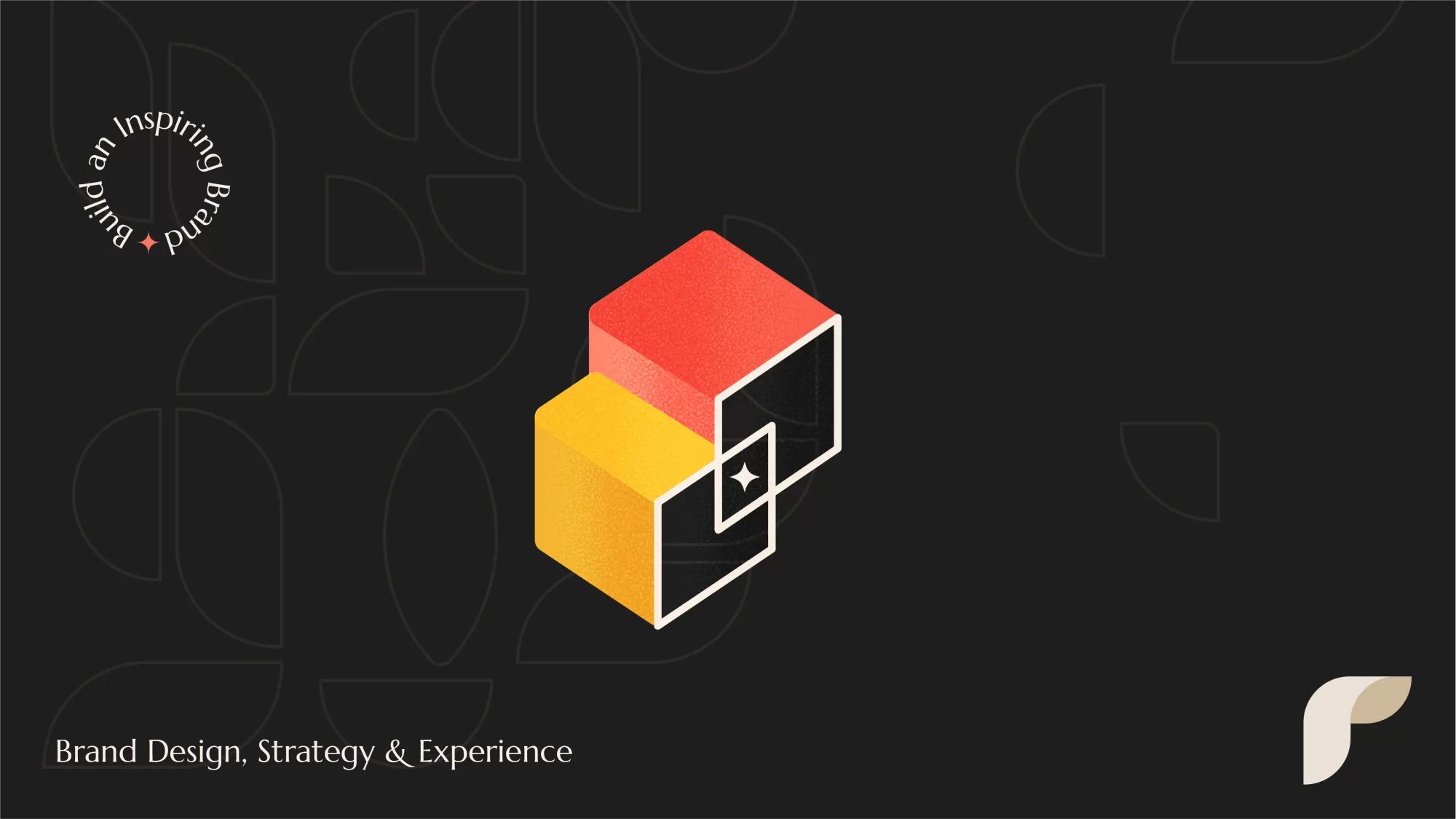People often talk about separating the art from the artist. But how does that come into play in the case of digital marketing or branding?
Graphic designers and video editors are, after all, artists at heart. They put their heart and soul into the designs they create, making them art pieces by themselves. So, when clients reject these art pieces or feel the agency isn’t aligning with their needs, it is almost like criticizing the artist.
To understand this better, let’s decode design vs art & understand what makes art and design different from (or similar to) each other.
What’s in this article?
Design: Purposeful and functional
A simple way to understand design is how purpose-driven it is. Designers create designs to serve specific purposes or convey certain messages. This makes them very functional and less focused on the artist’s personal style.
Focused on solving problems and achieving objectives
Design is a systematic approach aimed at solving problems and achieving specific objectives. Whether it’s creating a website, a logo, or a product packaging, design is about functionality, usability, and meeting the needs of the target audience.
Designers meticulously consider the user experience, ensuring that the visual elements contribute to a seamless and efficient interaction. Design thinking involves a methodical process that includes
- Empathizing with the user
- Defining the problem
- Ideating solutions
- Prototyping
- Testing

This approach aligns with the marketing goals, ensuring that the visual components effectively convey the intended message. It is also aimed at connecting with the user in ways they prefer to facilitate consumer engagement.
Examples of design in marketing materials
Consider a company’s website as an example of design in marketing. The layout, color scheme, and navigation are all carefully crafted to guide visitors through a seamless journey. The purpose is not only to showcase products or services but also to create an experience that aligns with the brand identity.
Similarly, product packaging is a good example of design in marketing. Packaging design goes beyond aesthetics; it involves considerations like practicality, protection, and shelf appeal. A well-designed package not only catches the eye but also enhances the overall user experience.

Art: Expressive and emotional
Art comes into the picture when the designer adds their personal touch and emotions into the design. When art gets criticized, designers tend to take it personally as it is almost a personal attack on their style or self-expression.
Emphasizing self-expression and evoking emotions
Art is more about self-expression, creativity, and evoking certain emotions in the audience. While design is driven by functionality and problem-solving, art is the emotional and aesthetic component that adds depth and resonance to a marketing campaign.
Artistic elements in marketing materials can include visually striking images, thought-provoking illustrations, or emotionally charged storytelling. These elements aim to establish a connection with the audience on a deeper, more personal level. You might not get emotionally attached to a website banner design.
But a well-designed piece of art is made to trigger emotional responses in you. This can contribute to brand affinity and loyalty.

Instances of art in marketing campaigns
Consider a memorable advertising campaign that relies heavily on artistic expression – the use of a visually stunning video that tells a compelling story. The voiceover artist uses their talent to enhance the video design to create an emotional result.
This narrative may not directly highlight product features but instead creates an emotional connection with the audience. It leaves a lasting impression that extends beyond the product or service being promoted.
Artistic elements are also prevalent in content marketing, where visually appealing graphics and images are used to enhance the storytelling aspect. The goal is to captivate the audience and leave a memorable impression that goes beyond the basic information being conveyed.

The rise of NFTs and marketing them
Non-Fungible Tokens (NFTs) have added a new dimension to the intersection of art and marketing. NFTs, which represent ownership of unique digital assets, have become a platform for artists to showcase their work and marketers to engage with a tech-savvy audience.
Marketers are now exploring ways to incorporate NFTs into their campaigns, leveraging the exclusivity and uniqueness associated with these digital assets. This trend underscores the evolving nature of the relationship between art and marketing, as digital innovation continues to reshape how brands connect with their audience.
Harmony in marketing
While design and art have distinct roles in marketing, the most impactful campaigns often find a delicate balance between the two. It’s not about choosing one over the other but understanding how they can work together synergistically to create a harmonious visual experience.
Appeal to both the heart and the brain
Effective marketing recognizes that consumers are not purely rational beings. They are driven by both logic and emotion. Design addresses the logical side, ensuring functionality and usability, while art appeals to the emotional side, creating connections and leaving lasting impressions.
Together, they create a holistic experience that resonates with a diverse audience. One powerful way to merge design and art is by infusing storytelling into visual elements. A well-designed infographic, for example, can present data in a visually appealing way.
Similarly, incorporating elements of storytelling makes the information more relatable and memorable. This combination enhances the overall impact of the message.
Collaborative efforts for impactful marketing visuals
Collaboration between designers and artists is key to achieving a seamless integration of design and art in marketing visuals. When these two creative forces work together, they can bring out the best in each other. This results in campaigns that are not only aesthetically pleasing but also strategically sound.
Also read: How design influences customer’s buying decisions?
Conclusion
Understanding the distinctions between design and art is essential for creating impactful and resonant campaigns.
- Design is the backbone, providing structure and functionality. It can solve problems and provide answers.
- Art is the emotional layer that connects with the audience on a deeper level. It raises questions and thoughts.
The challenge lies in finding the right balance, recognizing when to prioritize functionality and when to unleash creativity. In this delicate interplay, marketers can create campaigns that not only meet objectives but also leave a lasting impression. This ultimately fosters strong connections with the audience to enhance loyalty.




